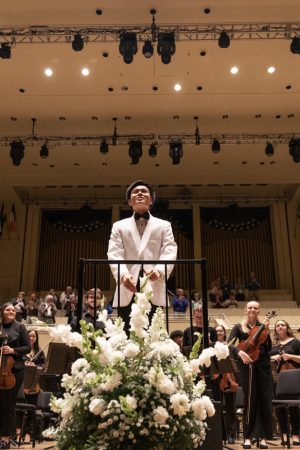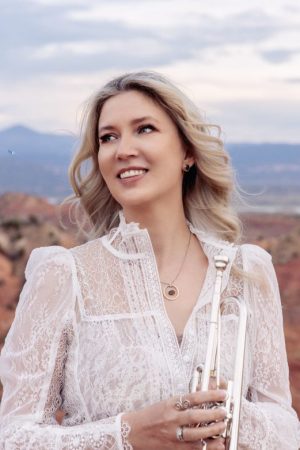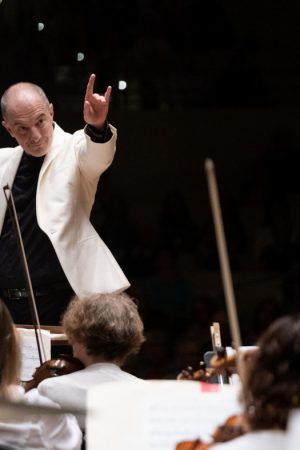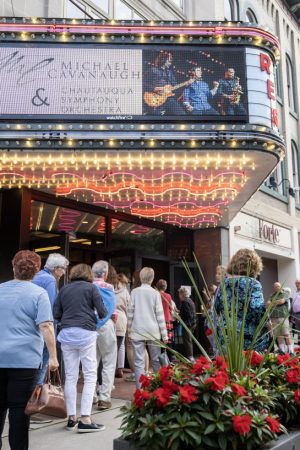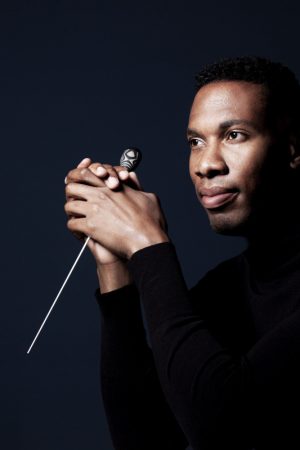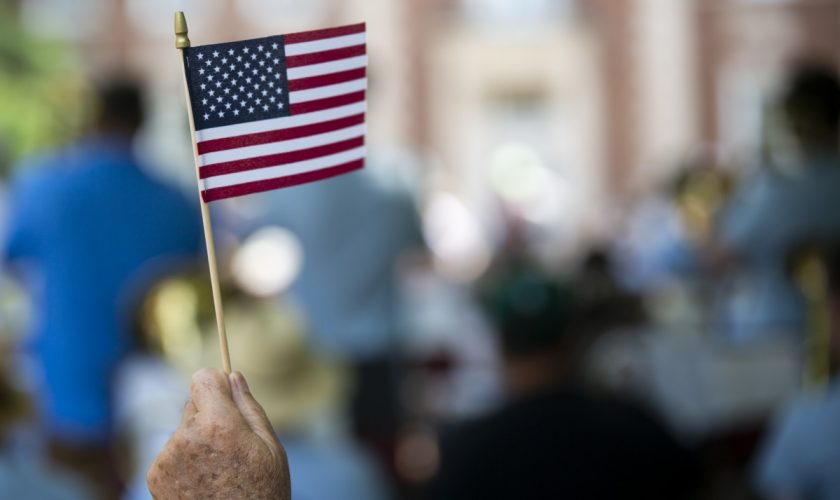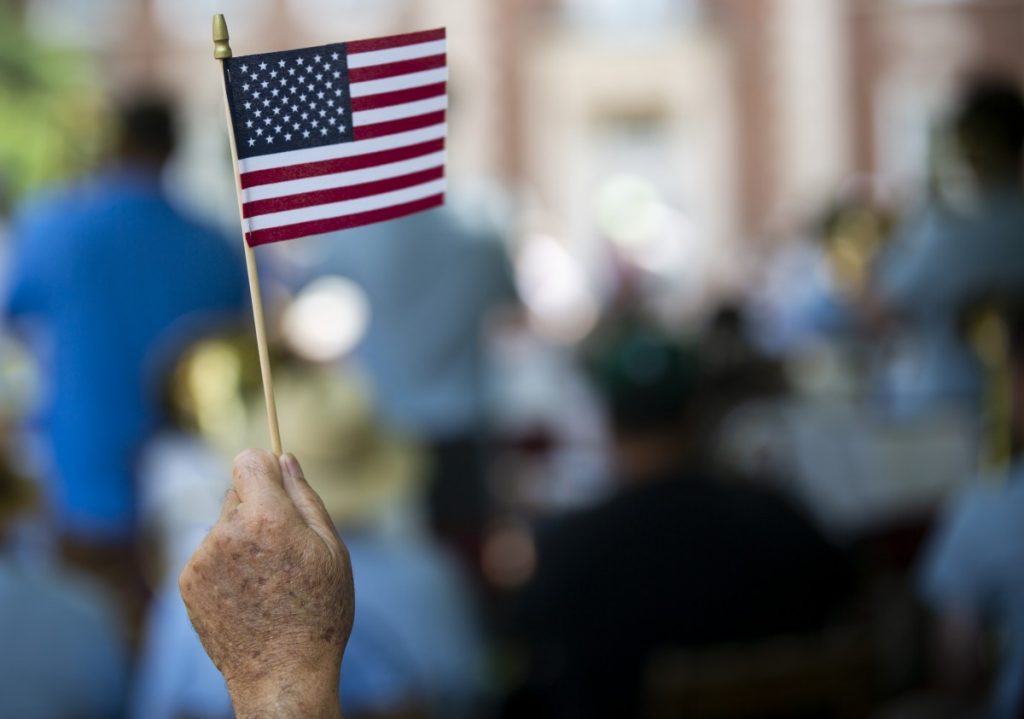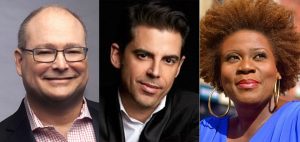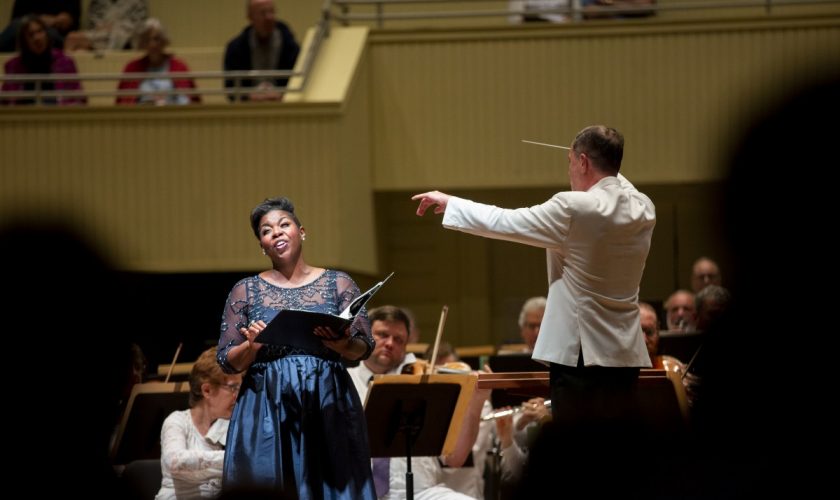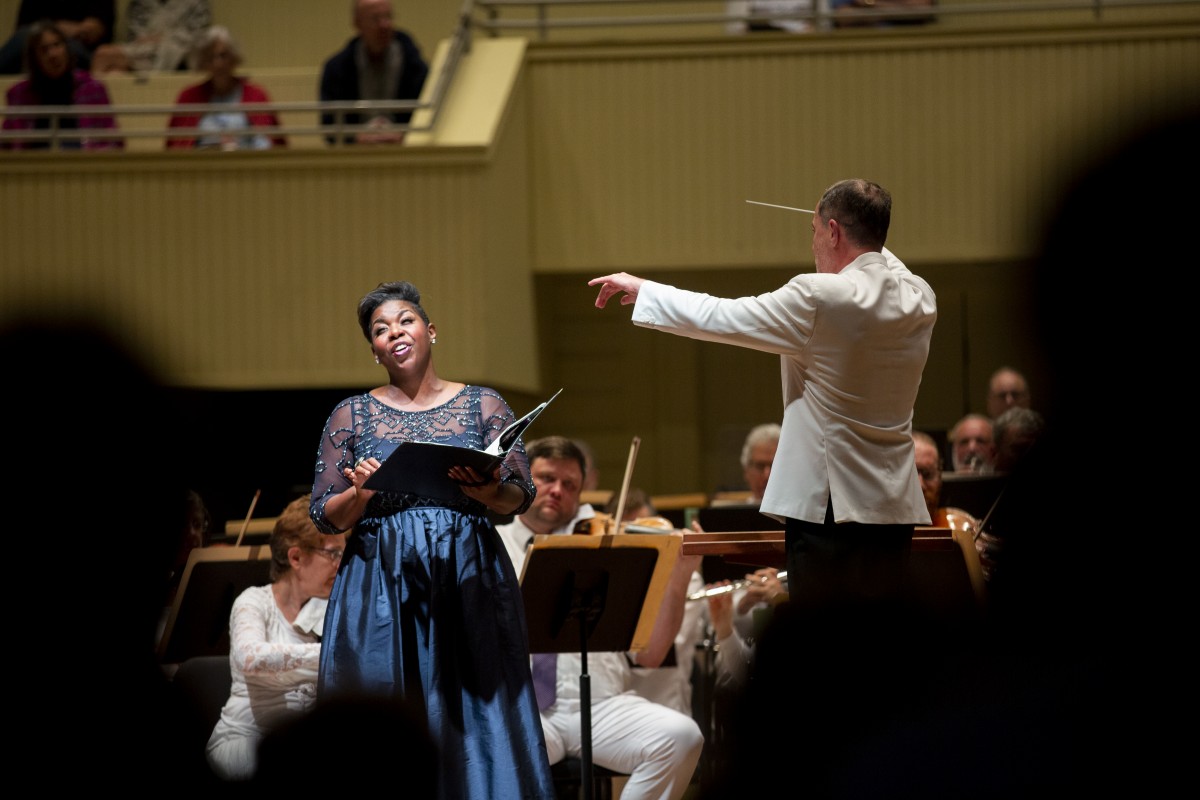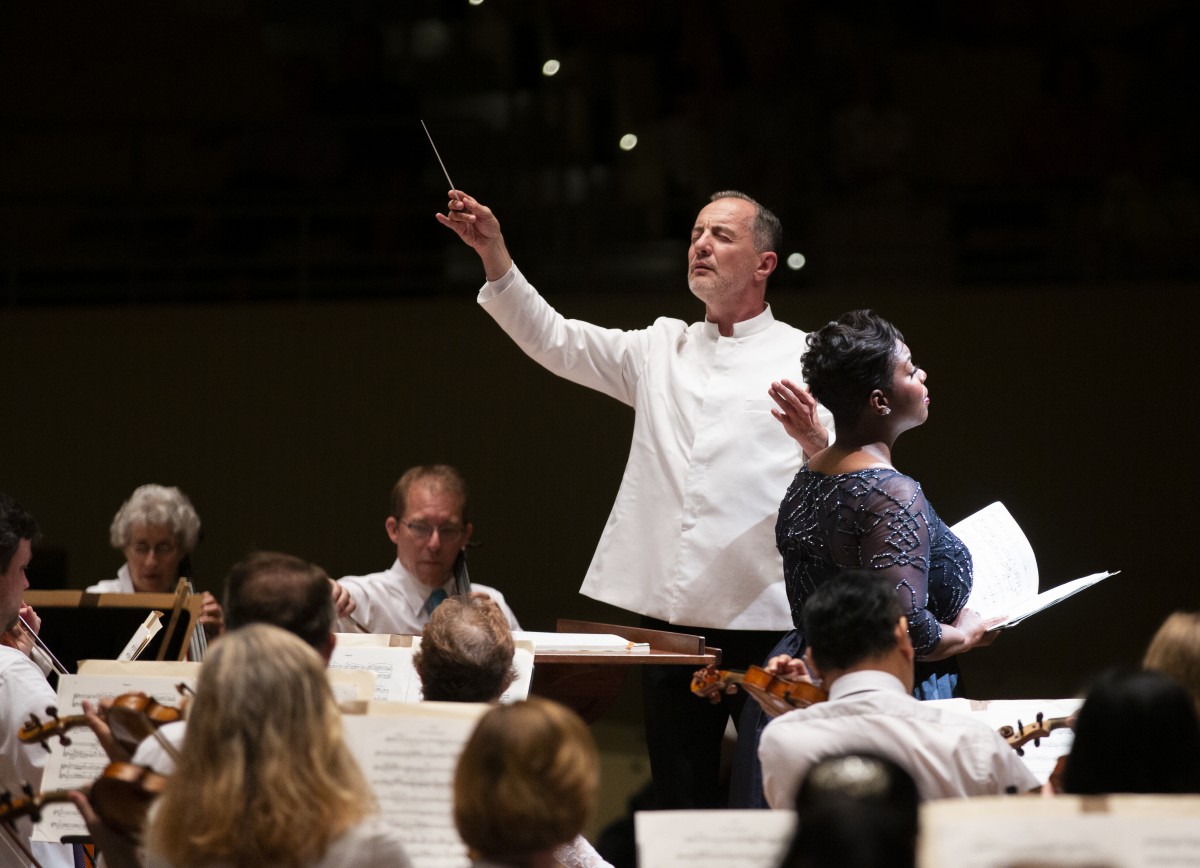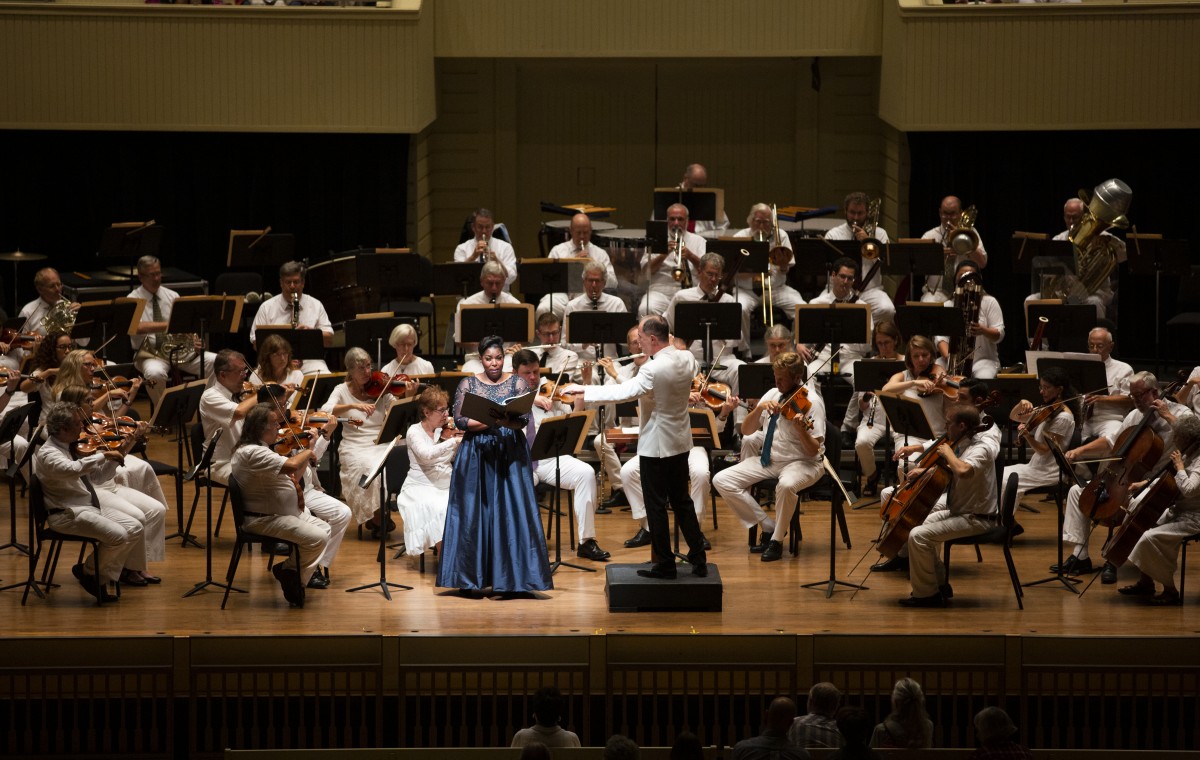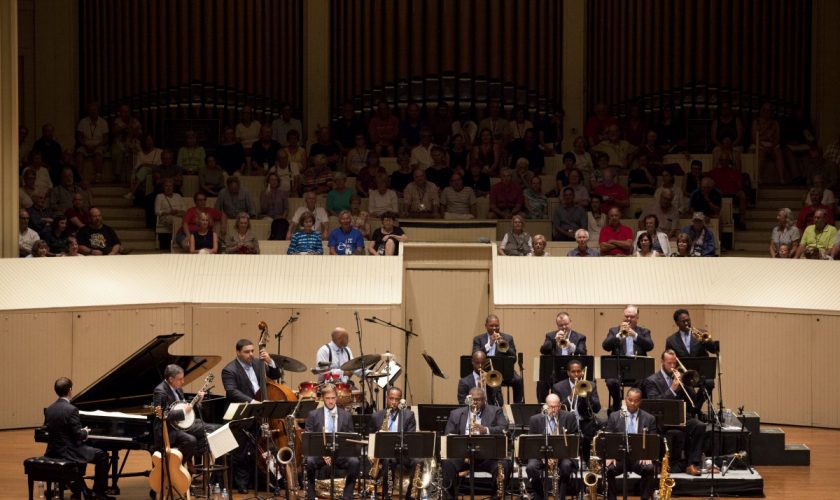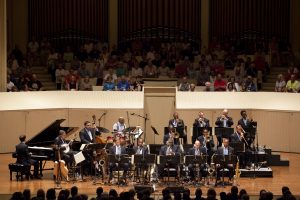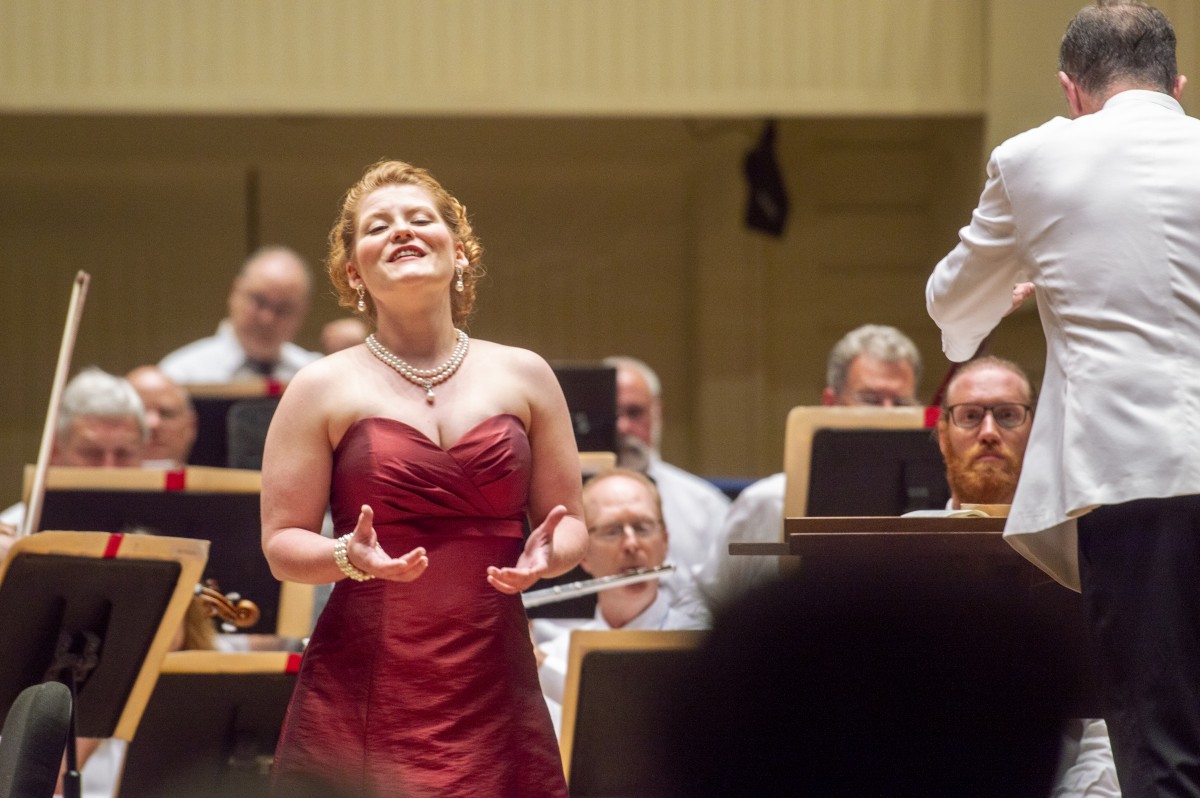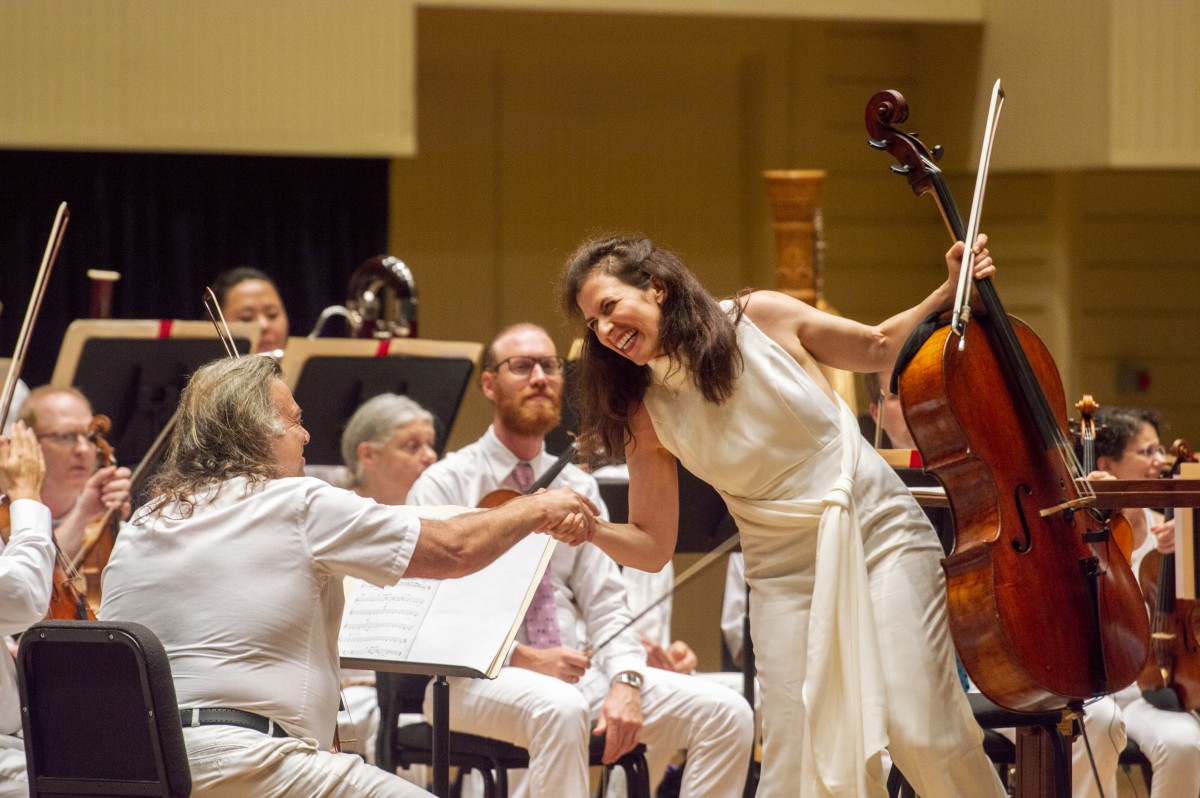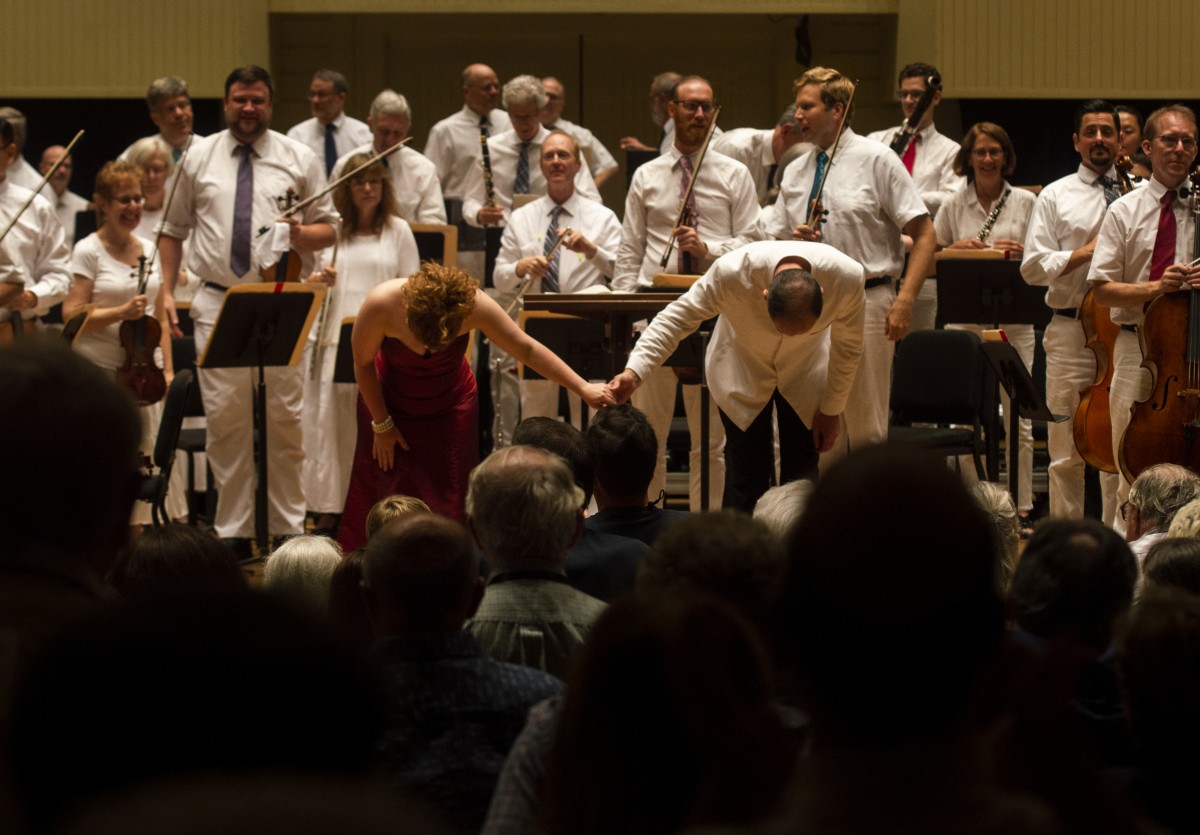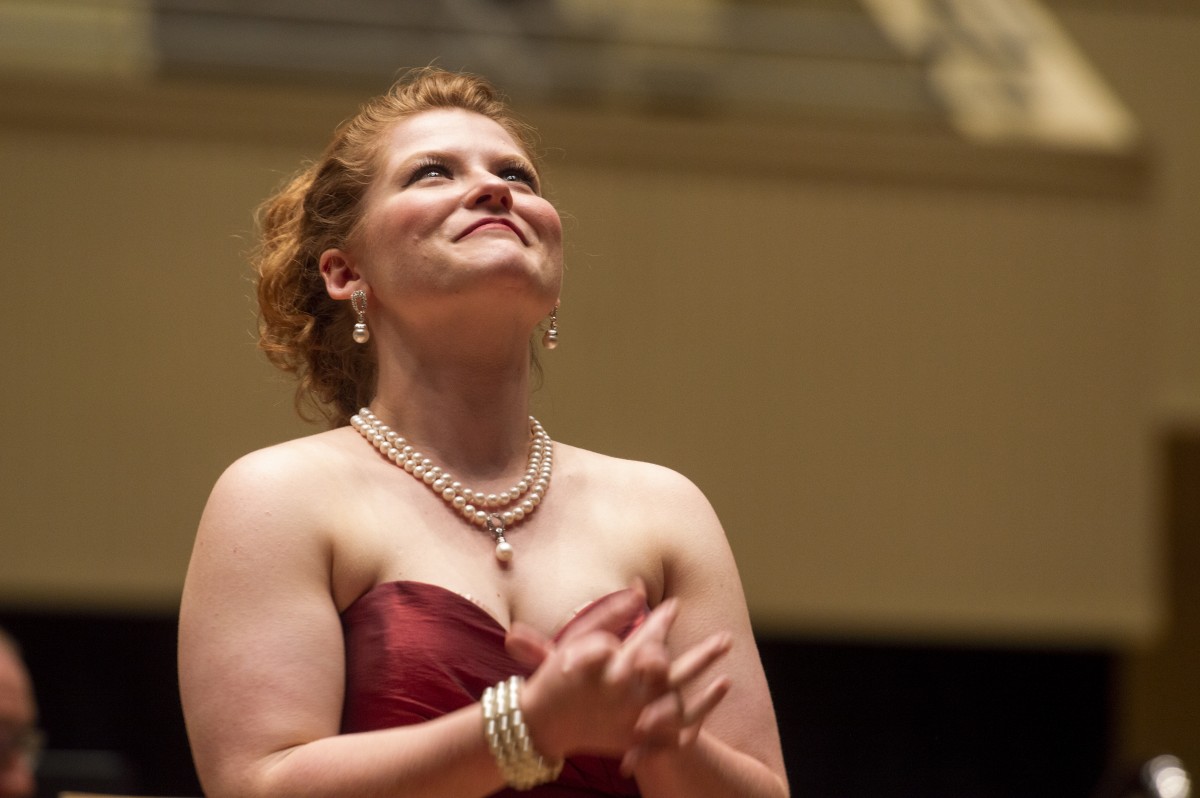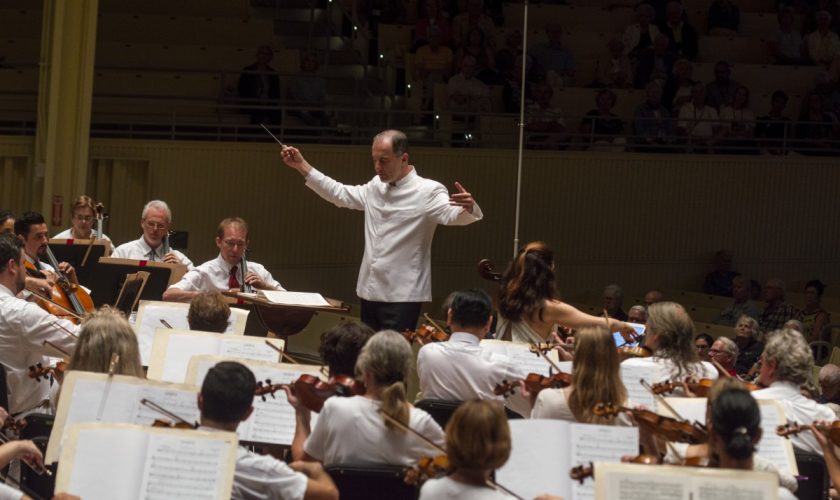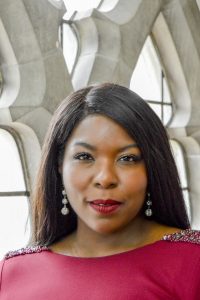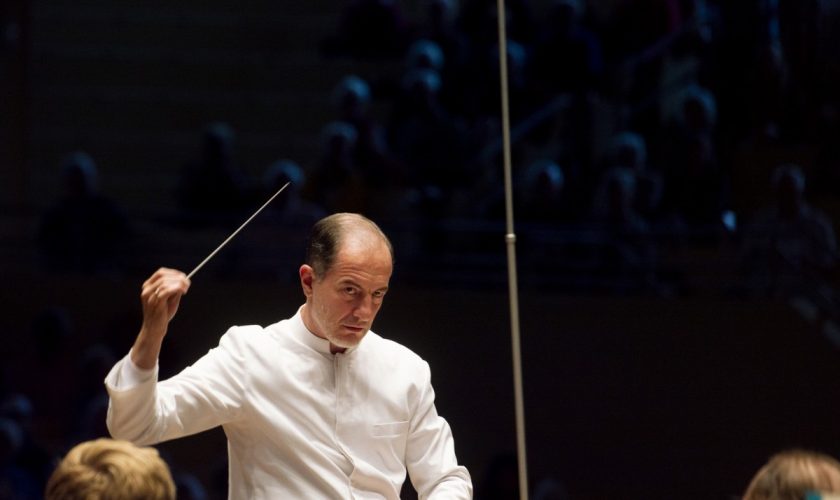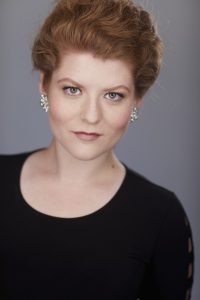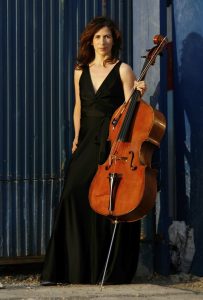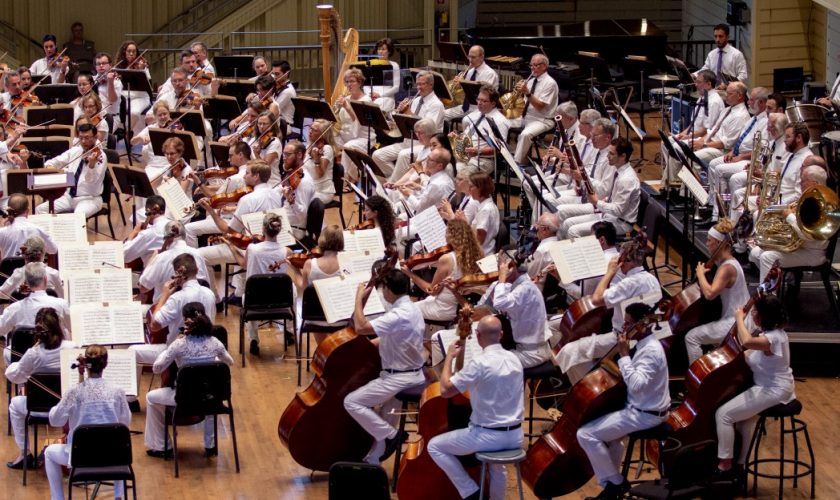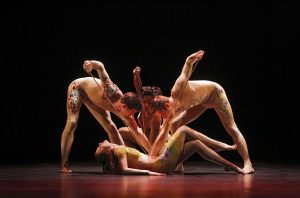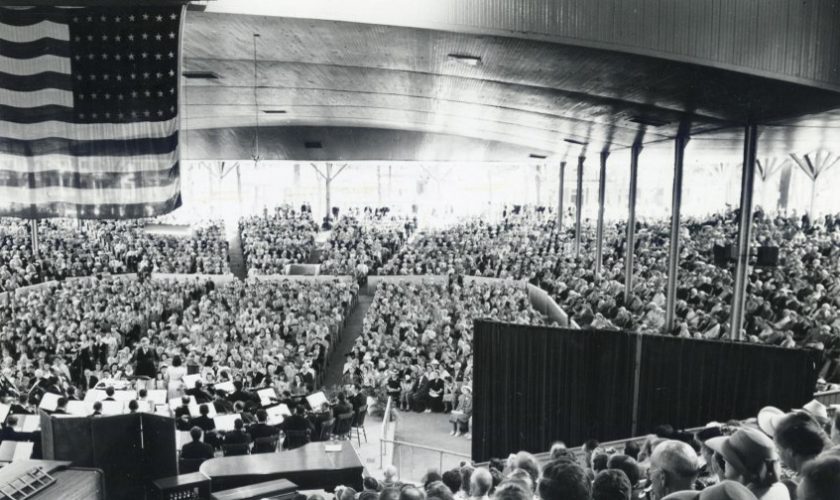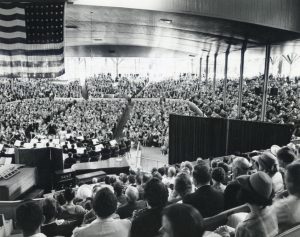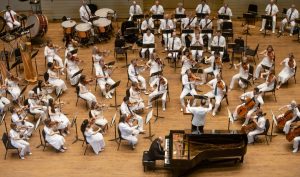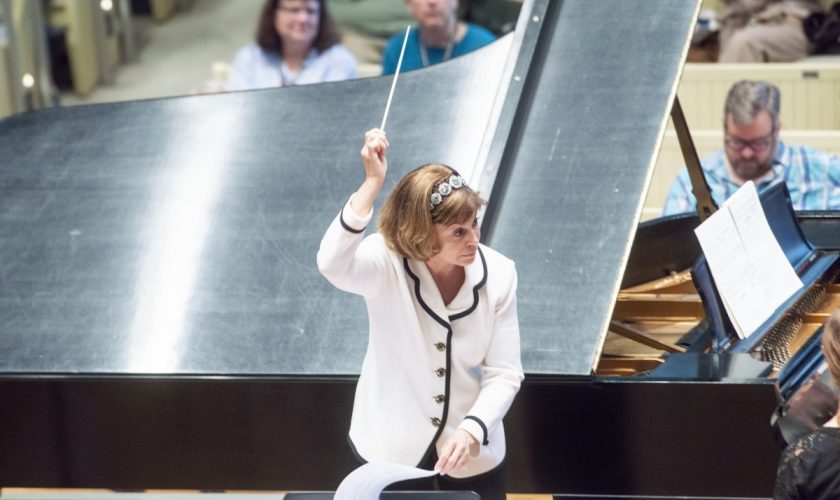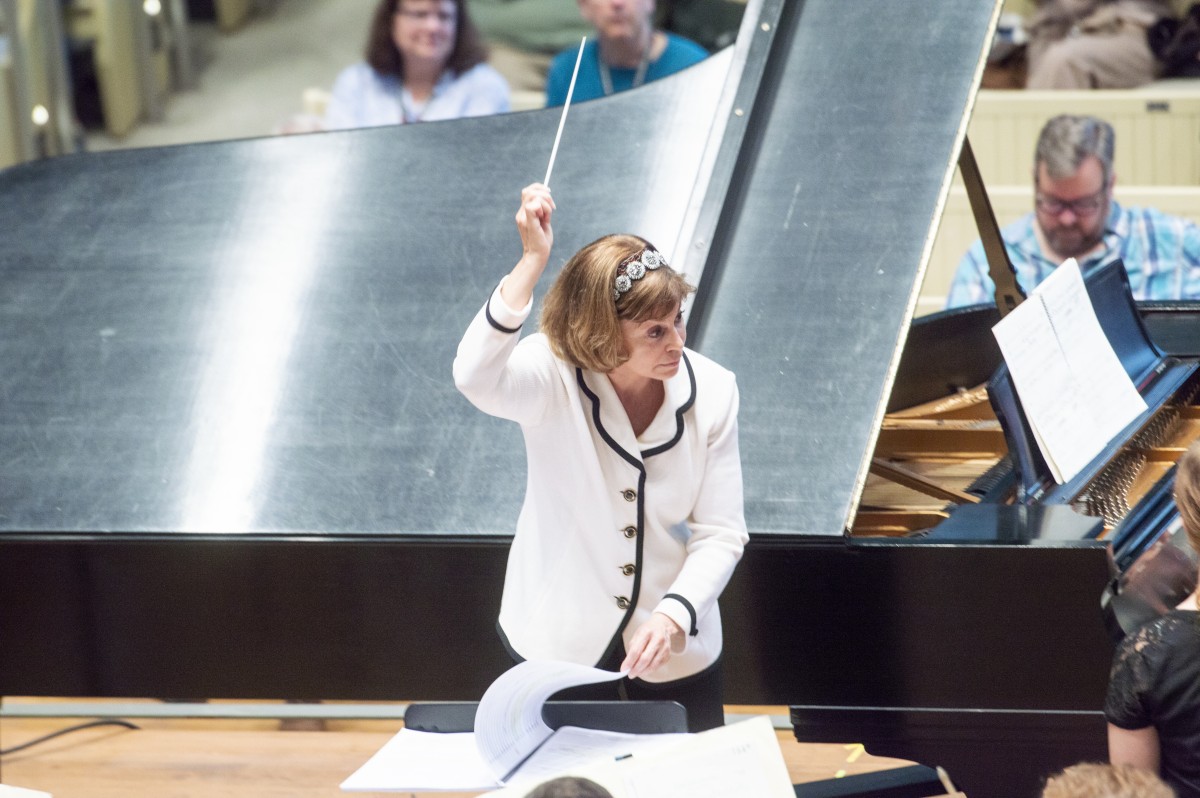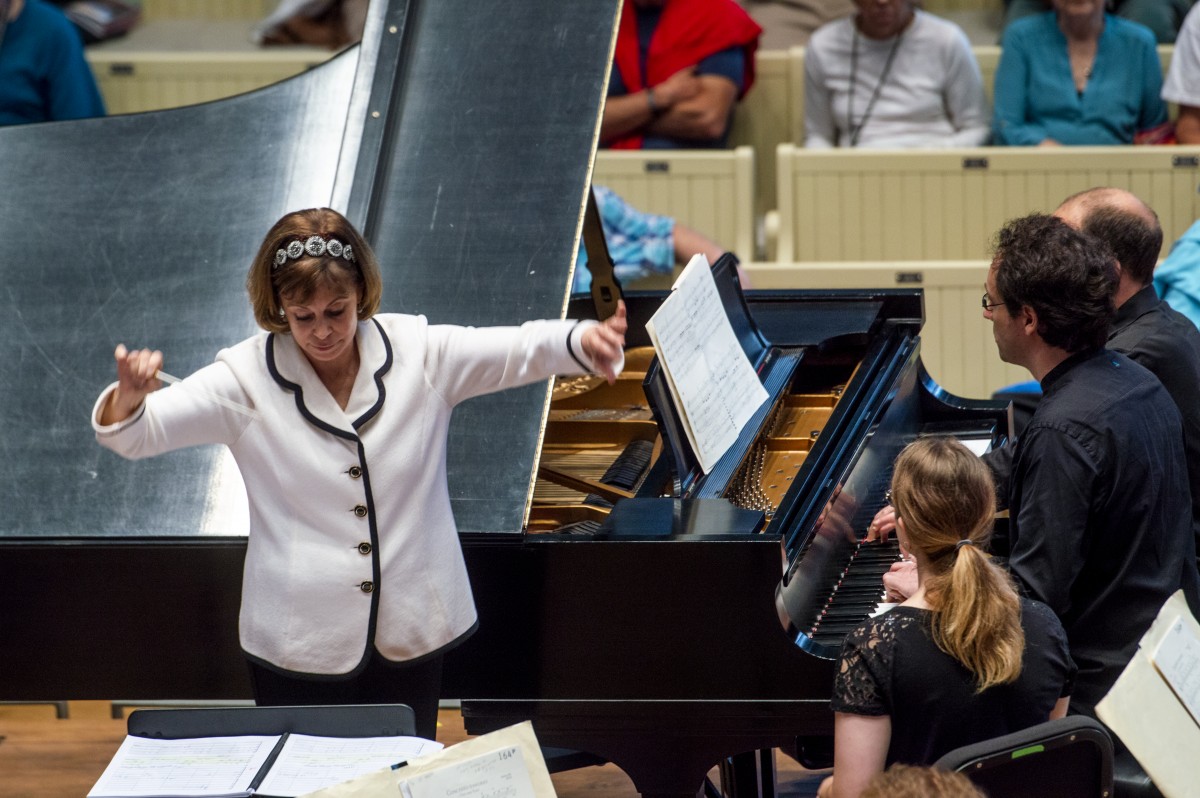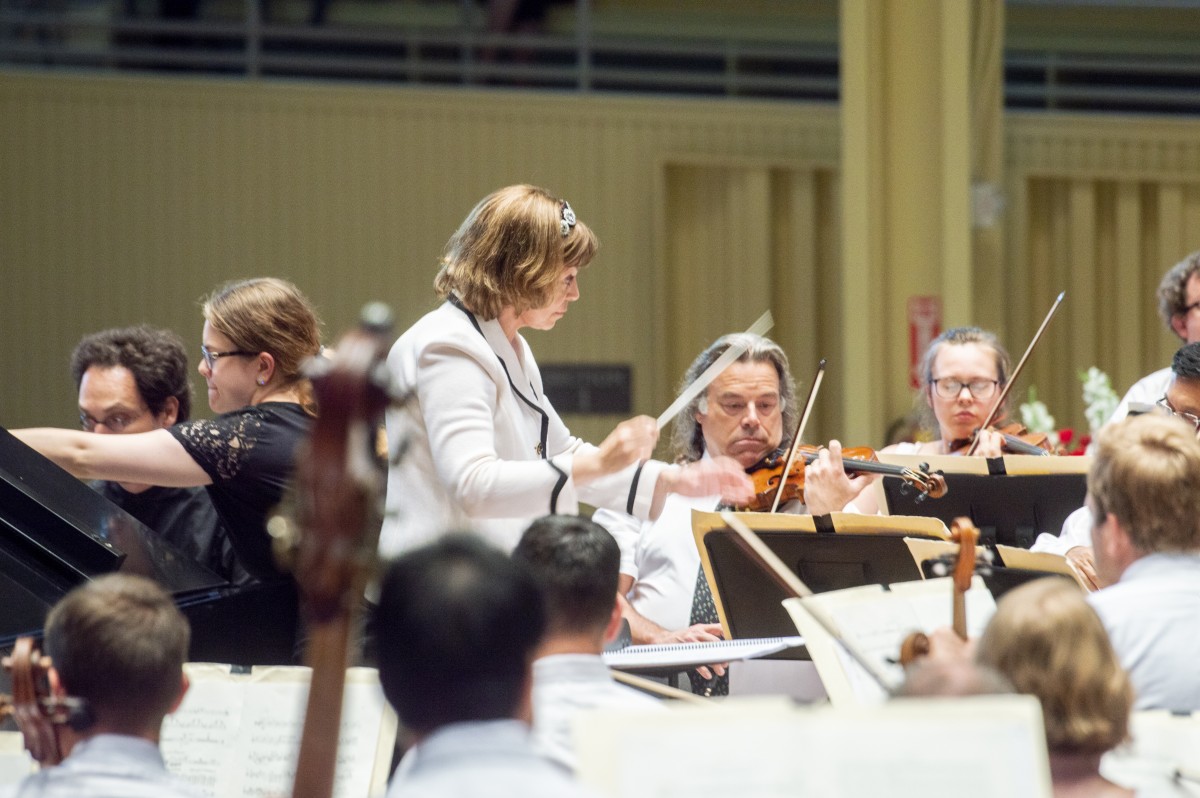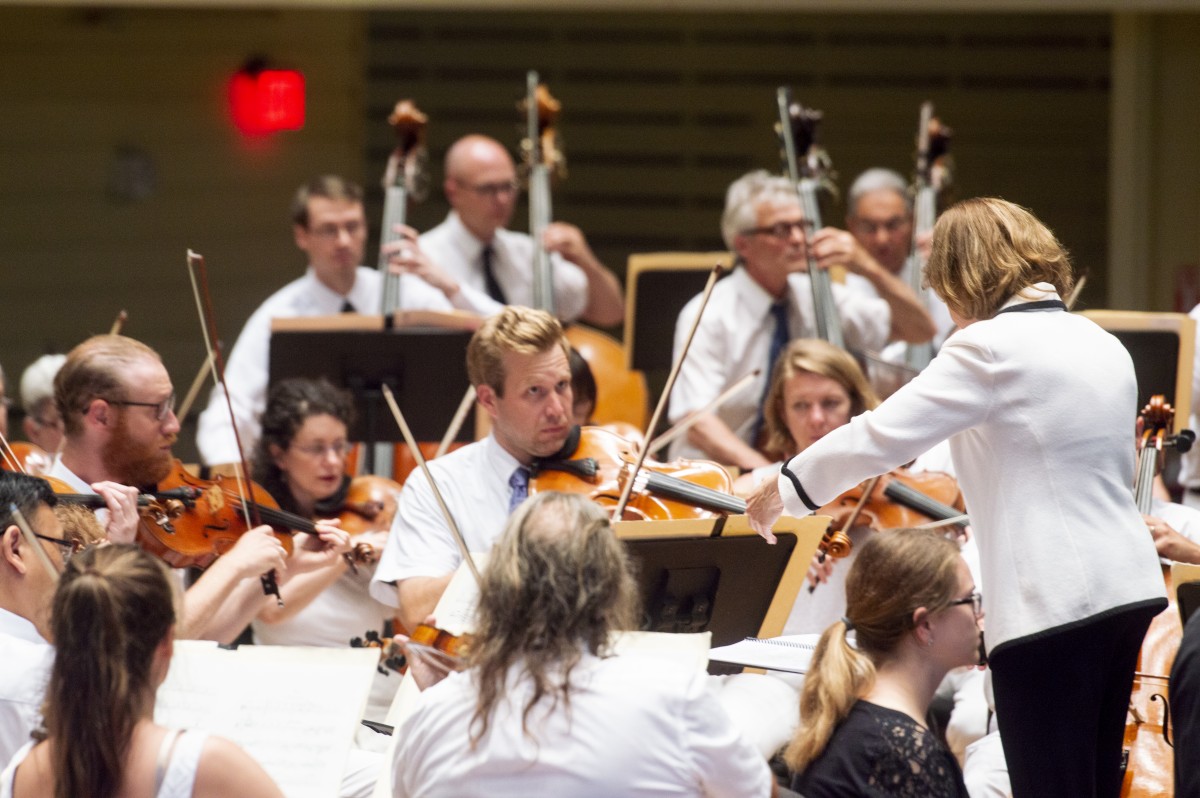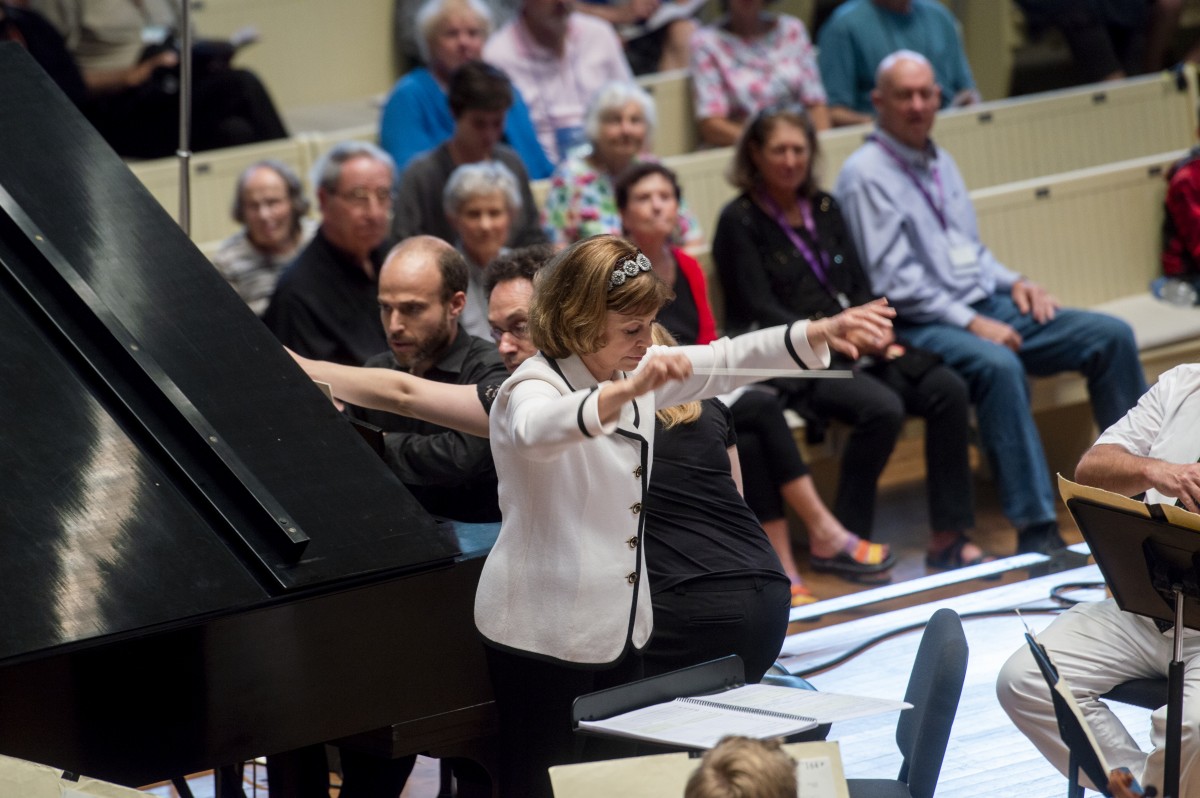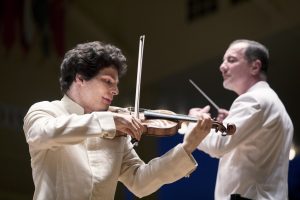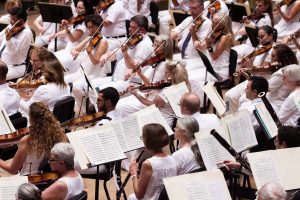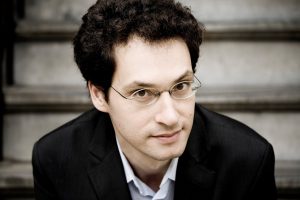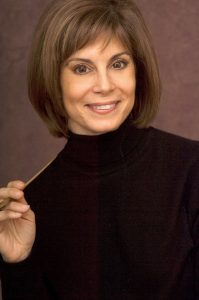
Sometimes, cyberspace just doesn’t cut it.
In the months since the COVID-19 pandemic began, Rossen Milanov has found himself teetering between the loss of what he knows and the possibilities of what he doesn’t. But he’s pushing forward anyway, as the internet may be the closest thing he has to bringing his beloved symphony orchestra back where it belongs: “The hands of those who need the music the most.”
Milanov, conductor and music director of the CSO, is keeping the sounds of the Chautauqua Symphony Orchestra alive through his “Chautauqua Symphony Orchestra Rebroadcasts” series on select Thursday evenings throughout the remainder of the season.
When the Chautauqua Institution Board of Trustees unanimously decided to suspend any in-person programs on the grounds on May 1, Milanov said he was “instantly determined” to find a place for the orchestra in the virtual programming. After searching through video archives, Milanov settled on five concerts from the 2019 season.
Although the content of the selections will be familiar to returning Chautauquans, Milanov said some aspects of the rebroadcasts will appear to be “brand new.”
We always like to bring that kind of access to the artistic platforms,” he said. “I think it’s very important to not only share our artistic ideas with an audience, but to also make sure we have a moment of reflection in which we hear how it was received from the other side of the stage. It’s not a one-way street.”
“I think what is so special about these videos is they will allow people to experience what they can’t from the audience, whether those are close-ups of the musicians’ facial expressions or how I communicate with them,” he said. “It’s bringing us closer.”
The series begins with Rachmaninoff’s Piano Concerto No. 1 with Alexander Gavrylyuk at 8:15 p.m. EDT Thursday, July 16, on the CHQ Assembly Video Platform. Subsequent performances include: “Wagner and Rachmaninoff” on July 30, Stravinsky’s “The Rite of Spring” in collaboration with the Music School Festival Orchestra on Aug. 13, and Strauss’s “Don Quixote” on Aug. 27. One additional rebroadcast has yet to be confirmed.
Some rebroadcasts will also include live conversations with featured musicians, Milanov said.
“We always like to bring that kind of access to the artistic platforms,” he said. “I think it’s very important to not only share our artistic ideas with an audience, but to also make sure we have a moment of reflection in which we hear how it was received from the other side of the stage. It’s not a one-way street.”
Gavrylyuk’s performance of Rachmaninoff’s Piano Concerto No. 1 was originally performed on July 2, 2019, opening night for the CSO. Gavrylyuk, Chautauqua Institution’s Heintzelman Family Artistic Adviser for the School of Music Piano Program, said after returning to the Institution for 14 consecutive years, he couldn’t “imagine a summer without Chautauqua.”
“Chautauqua, for me, is very near and dear to my heart,” Gavrylyuk said. “It’s been a personal journey that has reflected my own personal philosophy with art and music in its open-mindedness and acceptance of differences. If there is a good way to continue that journey, whatever the circumstances, it would be a privilege to take part.”
Rachmaninoff wrote his opening piano concerto — the first of four — when he was just 19 years old. The concerto was his first serious attempt at composition as a student and, according to Gavrylyuk, the first he “deemed worthy of release.” Gavrylyuk said it is the perfect performance to start the series with because it’s a “message of a new beginning.”
“It’s a piece with a youthful and optimistic energy,” he said. “It’s very appropriate for the time we are in now because even though it’s a challenging year, it’s also the beginning of a new chapter, just as it was for Rachmaninoff when he finished it. I think it’s just the right piece to lift our spirits.”
Ultimately, Milanov said he is grateful for the newfound “exposure and longevity” past CSO performances will have on the digital platform.
“I feel good about the fact that someone who may have never been to Chautauqua before can now be exposed to this kind of programming and can, hopefully, feel the depth and closeness to the music returning Chautauquans felt seeing it live,” Milanov said. “For the first time, these performances have the chance to live past the moment they are played.”

